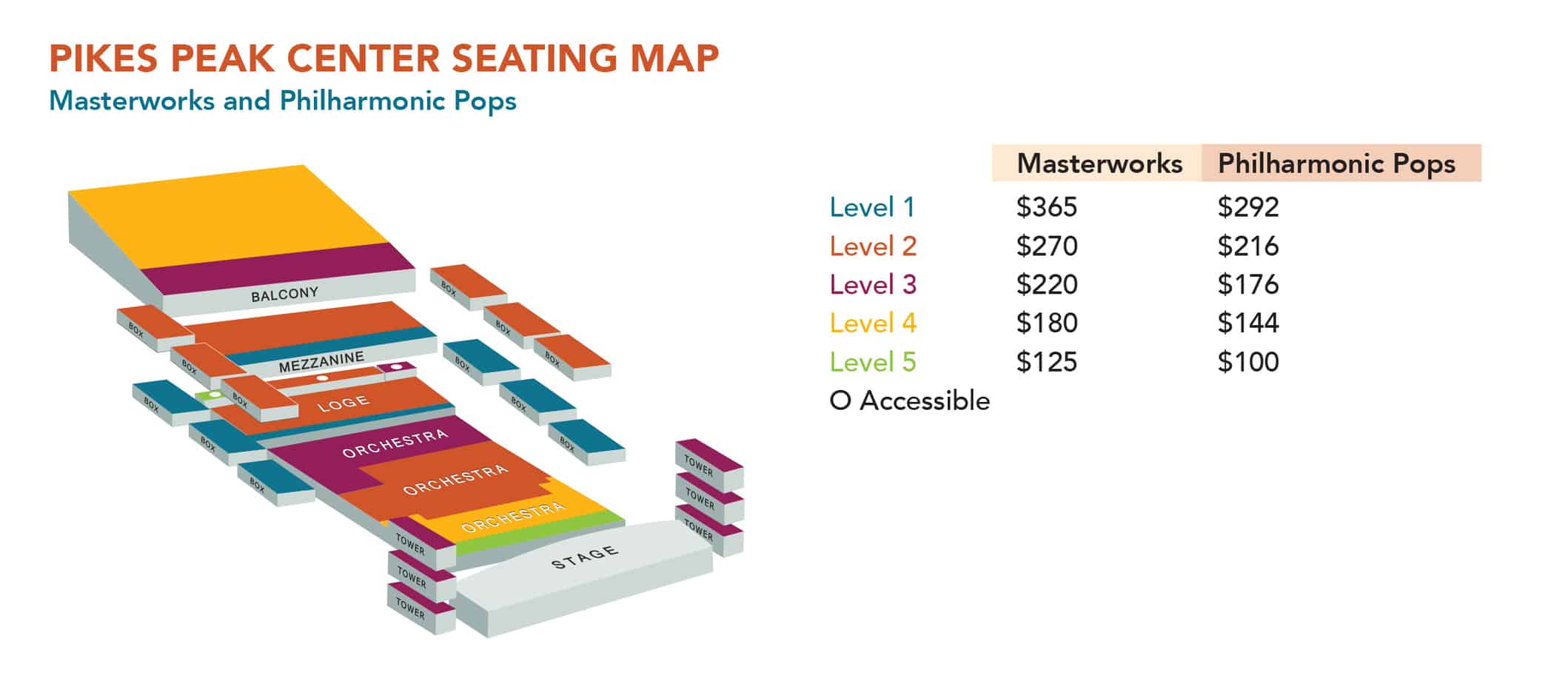by Louis Lohraseb, conductor
Opera has been an inseparable part of my life for as long as I can remember; a chance viewing of the 1994 Three Tenors concert, when I was just three, set the course of my destiny. Today, few things afford me greater honor and joy than the opportunity to bring these works to life. Naturally, my understanding has deepened over time, and as opera became both passion and profession, it is rare that I, as a listener, feel anew the wonder, awe, and raw emotional force I strive to kindle in others.
Yet two years ago, attending a performance of Madama Butterfly, I found myself in tears at that sublime moment in the second act when Butterfly, sighting the return of Pinkerton’s ship, cries out with rapturous exaltation, “Ei torna e m’ama!”. Though I had lived with this music nearly my entire life, and knew all too well the sorrow it portends, I was overcome, and wept as though hearing it for the first time.

The singular genius of Puccini lies in his unparalleled ability to evoke profound emotions with visceral immediacy, a gift not merely ignored but often actively disparaged. Among certain classical musicians and concertgoers, Puccini is frequently dismissed for the very qualities that make his work so extraordinary: its broad appeal and emotional transparency. Such criticism betrays not only an unjust prejudice but also a deep misunderstanding of the subtle mastery Puccini wielded over musical motives, thematic development, orchestration, melody, harmony, and dramatic architecture.
His librettists, often exasperated by the ruthless precision with which he pared down their texts, contended with a composer whose quasi-cinematic vision presaged the modern era. Puccini sought to eliminate all superfluity, driving the drama forward with unrelenting momentum toward moments of searing intensity. Indeed, even some of his most beloved arias were almost sacrificed in service to this uncompromising aesthetic: Tosca’s “Vissi d’arte” was nearly excised, while Pinkerton’s poignant “Addio, fiorito asil” in Madama Butterfly earned its inclusion only after the opera’s disastrous première made its necessity unmistakable.
And what an ignominious fiasco it was! Engineered in no small part by scheming rivals, the première at La Scala on February 17, 1904 descended into a din of whistles, jeers, and carefully staged disruptions; an uproar fueled less by sincere artistic critique than by calculated sabotage. Yet Puccini remained undaunted; he set to work revising the score, and scarcely five months later in Brescia, the opera returned to the stage in triumph, and has since endured as a cherished pillar of the operatic canon.
Yet for all its many virtues, Madama Butterfly remains a product of its time, conceived at the height of Europe’s fervent fascination with foreign cultures, and in particular, Japan. The relatively recent Meiji Restoration had ignited a wave of Japonisme across the continent, inspiring a host of Western artistic responses that often confused admiration with exoticization. From the vantage point of our hyper-connected world, it is difficult to fully comprehend the insularity of an era devoid of internet, cinema, recordings, or television, in which opera served as one of the few portals through which
audiences could glimpse distant worlds beyond their immediate and often narrow experience. Consequently, many works of this period exhibit little regard for what would now be recognized as cultural appropriation. Indeed, such portrayals were in fact celebrated, even as they were constructed largely from conjecture and romanticized fantasy.
Nonetheless, Puccini made considerable efforts to incorporate elements of genuine Japanese inspiration into the score. He acquired a collection of Japanese folk melodies, consulted with a musicologist on the nuances of Japanese rhythm and modality, and even sought the assistance of the Japanese ambassador’s wife, who sang traditional songs for him. These melodies were subsequently woven into the musical fabric of the opera—though invariably filtered through the lens of Western tonality and harmonic practice, and detached from their original textual and cultural meanings, save perhaps for the quoted strains of the Japanese national anthem. In later revisions, Puccini removed material that was superfluous or overtly offensive, thereby tempering some of the more problematic aspects of the work.
All these sensitive complexities present the modern interpreter and viewer with many challenges, not least because Butterfly was created entirely by individuals with no direct experience of the culture it seeks to portray; that fact alone continues to raise important and valid concerns. And yet, its persistent presence on stages around the world suggests a broad, if tacit, consensus: that its artistic virtues outweigh its more troubling dimensions. Butterfly ultimately overcomes its difficulties to present a profound human drama capable of transcending time, place, and cultural specificity.
Perhaps the opera’s greatest strength lies in its ability to function on a metaphorical plane. By situating the drama within an Italian libretto, Puccini and his collaborators liberated the characters from the linguistic and cultural constraints that might otherwise divide them. Pinkerton and Butterfly can thus communicate with a fluency that would be virtually unthinkable in real life. In this sense, the opera allows for the expression of human emotion in its purest form—stripped of the barriers that reality would impose. Through Puccini’s music, the improbable becomes possible: the deepest stirrings of the soul are voiced with clarity, sincerity, and immediacy, even when they are dismissed or ultimately betrayed.
This is, perhaps, what renders Butterfly so enduringly compelling. At its core, it is a tragedy of individuals whose distilled experiences remain viscerally recognizable even today. Butterfly herself emerges as one of opera’s most psychologically intricate heroines—and arguably Puccini’s most complex creation. Pity the conductor or director who offers a superficial portrayal of this woman of profound strength and dignity. It is both reductive and facile to suggest that she remains naïvely unaware of Pinkerton’s true nature and intentions during her long wait for his return. On the contrary, a close reading of the libretto—paired with an attentive ear to Puccini’s musical setting—reveals a woman acutely cognizant of the danger and desolation wrought by Pinkerton’s moral
weakness. And yet, she chooses to love, to hope, to believe. The force of her conviction elevates her beyond the realm of character, transforming her into an über-metaphor of those noble ideals.
Metaphorical transformation lies at the very heart of Puccini’s musical psychology and is woven throughout the fabric of his scores. Take, for example, Butterfly’s entrance, which offers more than a mere character introduction. As with Mimì and Tosca before her, Puccini allows us to hear Butterfly before we see her. Yet unlike her predecessors, whose offstage utterances are brief and inconsequential, Butterfly is granted one of the most spectacular presentations of a character in all of opera, blossoming into one of Puccini’s most beautiful melodies, culminating in an orchestral postlude in G-flat major. At first glance, the final harmony is lush and luminous—a perceived major chord colored with an added sixth. But beneath that surface lies a more ambiguous truth: the final tones—G-flat, B-flat, and E-flat—can just as readily suggest a minor sonority, typically associated with grief and foreboding. Thus, Puccini crafts a remarkable trompe-l’oreille—a musical illusion that presents beauty while foreshadowing tragedy.
This same melody returns at the apotheosis of the Act I love duet, now shared between Butterfly and Pinkerton as they consummate their ill-fated union. Here, Puccini transposes the material down a half-step to F major. In doing so, the aforementioned chord is now not just an auditory illusion composed of any minor triad, but specifically of D minor—a key long associated with death in the Western tradition—thus deepening the metaphor with chilling inevitability.
Should this alone not suffice to astonish, Puccini reserves one final twist: The opera’s final sonority—the shattering “orchestral scream” following Butterfly’s death—is built from elements that would conventionally suggest a major chord. But they are arranged and voiced in such a way as to convey sheer, unrelenting horror: the inverse of the earlier illusion. What appears beautiful hides sorrow beneath; what should offer respite instead delivers anguish. It is in these carefully calculated contradictions that Puccini’s true genius for psychological expression is revealed.
All of which only begins to remark on the other seemingly infinite musical ideas and advancements that Puccini expressed in Madama Butterfly. And while perhaps the majority of listeners may not be consciously aware of any of these myriad elements, the aggregate of these innumerable masterful strokes creates a work of art whose resonance, for those open to receiving it, can completely transform a human being. It is in this spirit, with a heart attuned to both its sorrow and its beauty, that I hope you will encounter this work—and be, in some quiet way, gently yet indelibly changed.

